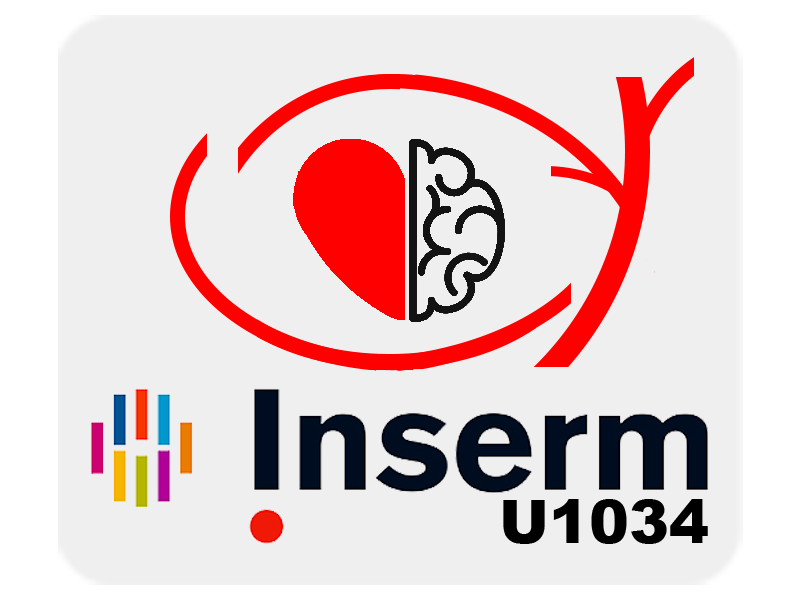Increased Capillary Permeability in Heart Induces Diastolic Dysfunction Independently of Inflammation, Fibrosis, or Cardiomyocyte Dysfunction.
Résumé
While endothelial dysfunction is suggested to contribute to heart failure with preserved ejection fraction pathophysiology, understanding the importance of the endothelium alone, in the pathogenesis of diastolic abnormalities has not yet been fully elucidated. Here, we investigated the consequences of specific endothelial dysfunction on cardiac function, independently of any comorbidity or risk factor (diabetes or obesity) and their potential effect on cardiomyocyte. The ubiquitine ligase , expressed in endothelial cells (ECs), was shown to destabilize tight junction. A genetic mouse model in which is overexpressed in EC (iEC-Pdzrn3) in adults was developed. EC-specific expression increased cardiac leakage of IgG and fibrinogen blood-born molecules. The induced edema demonstrated features of diastolic dysfunction, with increased end-diastolic pressure, alteration of dP/dt min, increased natriuretic peptides, in addition to limited exercise capacity, without major signs of cardiac fibrosis and inflammation. Electron microscopic images showed edema with disrupted EC-cardiomyocyte interactions. RNA sequencing analysis of gene expression in cardiac EC demonstrated a decrease in genes coding for endothelial extracellular matrix proteins, which could be related to the fragile blood vessel phenotype. Irregularly shaped capillaries with hemorrhages were found in heart sections of iEC- mice. We also found that a high-fat diet was not sufficient to provoke diastolic dysfunction; high-fat diet aggravated cardiac inflammation, associated with an altered cardiac metabolic signature in EC- mice, reminiscent of heart failure with preserved ejection fraction features. An increase of endothelial permeability is responsible for mediating diastolic dysfunction pathophysiology and for aggravating detrimental effects of a high-fat diet on cardiac inflammation and metabolism.


